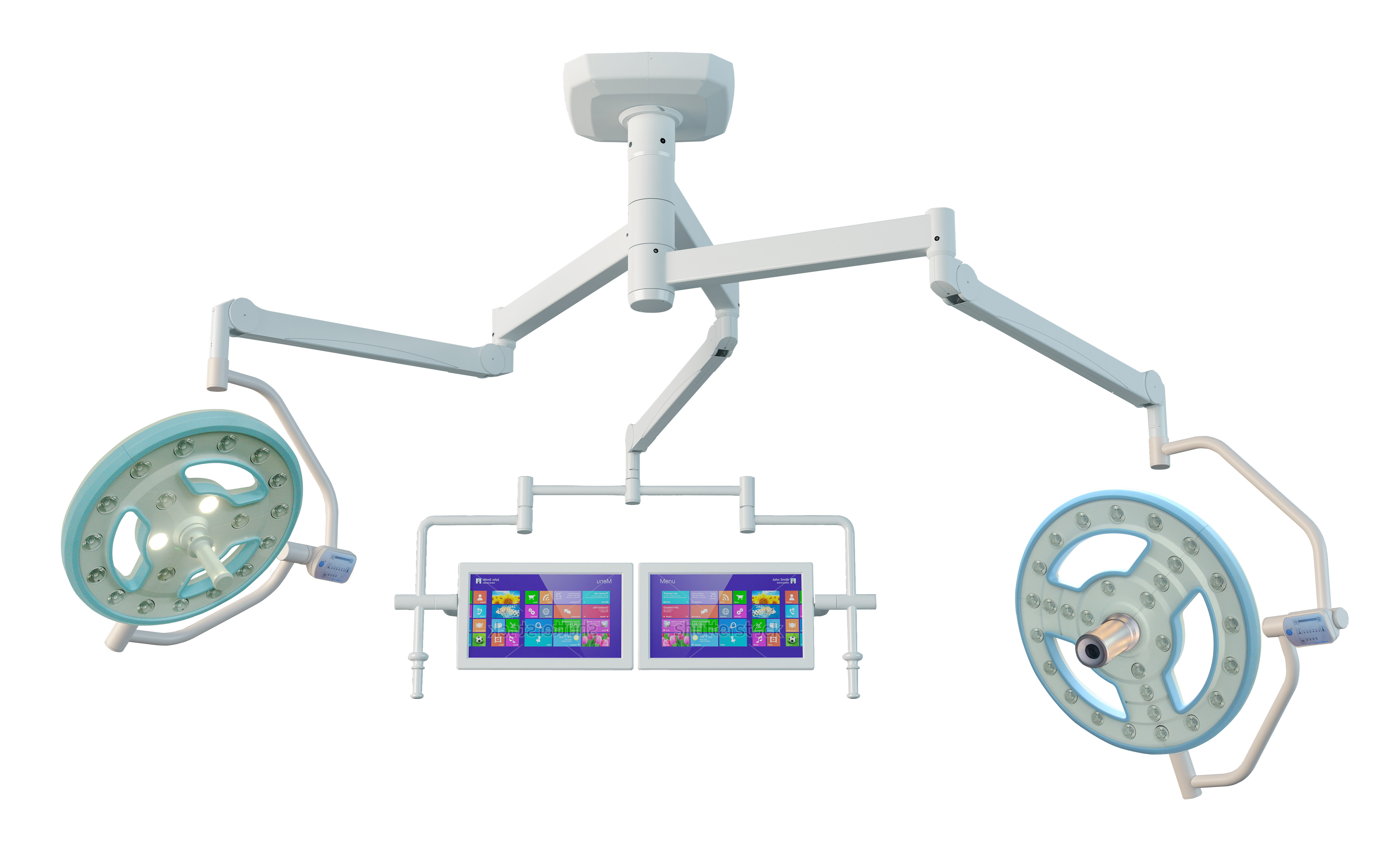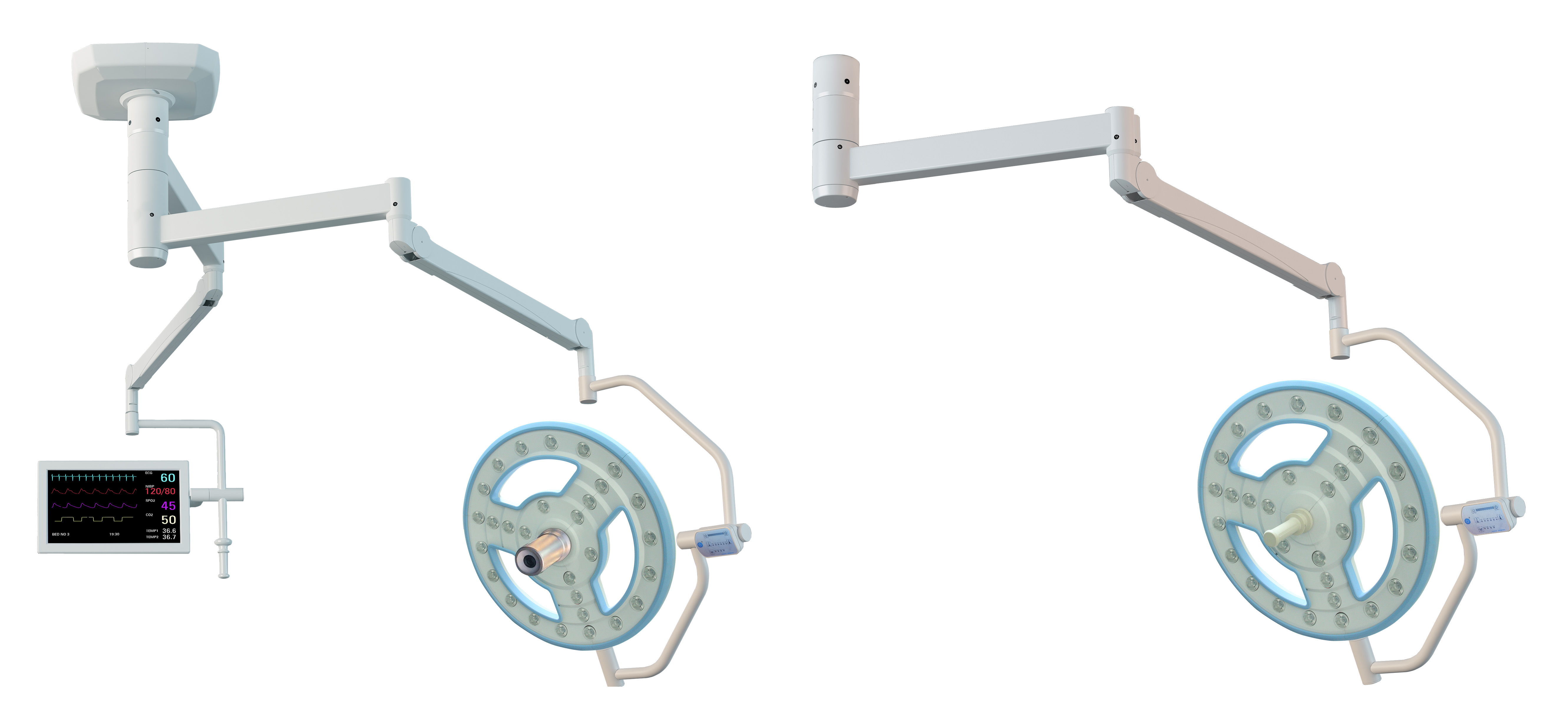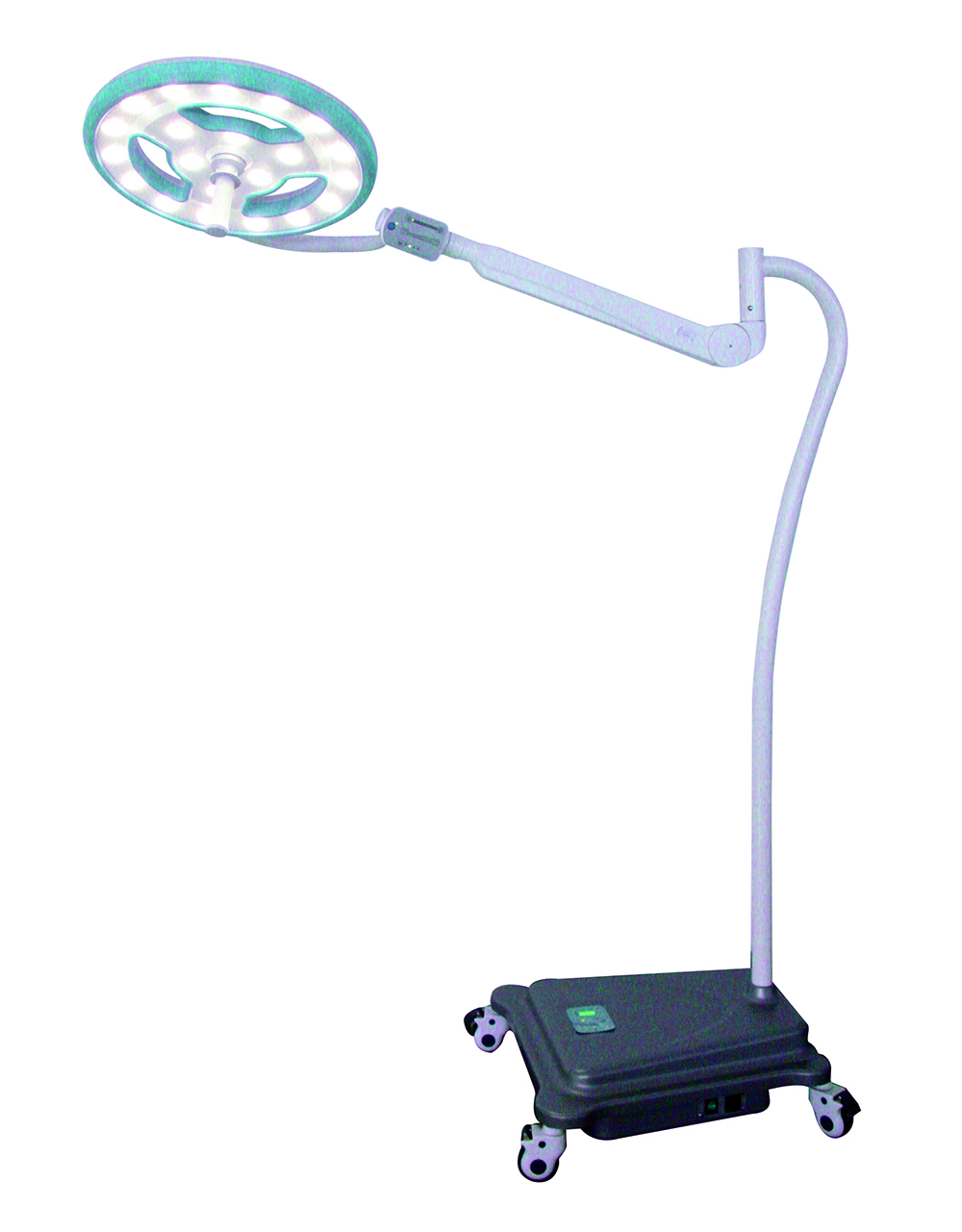I. Infestation symptoms The pathogen of the squash virus is different from that of the squash virus, and it is divided into yellowing shrinkage type, mosaic type, and a mixture of the two.
1. Huanghua shrinkage type seedlings and adult plants can all be affected. The upper leaves of the plants first show chlorosis along the veins of the leaves and yellow-green spots appear. Afterwards, the entire leaf is yellow, shrinks and rolls down, and the internodes of plants shorten and dwarf. Most of the diseased plants do not produce melons, or the melons are small and deformed.
2. Mosaic-type seedlings 4 to 5 true leaves can be detected when the new leaves appear chlorotic spots, later showed as mosaic, there is a dark green raised freckle, and when severe, the parietal become chicken-like. The stem segments are shortened, the plants are dwarfed, and the melons or fruits are not deformed.
Second, the incidence of the disease pathogen of this disease is cucumber mosaic virus, in addition to the host, there are still seeds of the virus said. The main media is locusts, which can also be transmitted through contact. Under natural conditions, the weather is dry and the temperature is high. When the locust is severe, the virus disease occurs early and heavy. There are many kinds of parasitic plants such as vegetables and weeds in the greenhouse, and there are many opportunities for the occurrence of locusts. In the absence of water and fertilizer, the symptoms of the diseased plants are particularly severe.
Third, agricultural control measures
1. Mud selection Seeds with virus are lighter than normal seeds and can be removed through mud selection.
2. Disinfect the pharmaceutical soaked with 10% trisodium phosphate for 20-30 minutes after soaking. Rinse with water and then germination.
3. Cleaning up weeds Eliminating weeds in fields or greenhouses reduces virus parasites. Thoroughly rule out warts and eliminate mediators. Strengthen the management of fertilizers and water, cultivate healthy plants, and improve the resistance of plants.
4. The chemical control uses 600-800 times of anti-disease, or 600-800 times that of virus, or anti-toxic agent No. 1 is sprayed on 300-400 times of liquid, and combined with irrigation. Can also be sprayed once every 7-10 days 5 mg / l of naphthalene acetic acid solution, sprayed 2-3 times.
The following mixed liquid sprays can be used at the time of onset:
Five ingredients 0.1% potassium permanganate + 0.3% potassium dihydrogen phosphate + 1% vinegar + 0.5% urea + 0.5% red (white) sugar, 7-10 days 1 times, even spray 3 times. In the initial stage of onset of spraying, the amount of spray should be larger when the first dose is used.
Mycorrhizal clearing agent 0.25% Mycotoxin + 0.3% Potassium Dihydrogen Phosphate + 0.2% Zinc Sulfate, 5 to 7 days 1 time, even 3 times.
Medical Virus 10 Tablets + Zinc Sulfate 40g + Potassium Permanganate 12.5g + Agricultural Streptomycin 2.5g. After crushing, the above pharmaceuticals are first dissolved in a small amount of cold water (hot water tends to burst the container) and then 12.5 is added. Kilograms of cold water, then add triacontanol at a concentration of 0.5 to 1 mg/l, 1 to 5-7 days, and spray 3 times.
Hollow Type LED Operating Lamp
The hollow type LED OT lamp is designed at this year, this series of lamp outlook is much simple also for the specification, so the hollow type surgical lamp price is most favorable. this series of LED operation shadowless lamp color rendering index can reach above 97, very close to the natural light (natural light color rendering index of 100) of the approximate sunlight color rendering, make the doctor at a very clear area and surgery site ( including vascular tissue and nerve tract) color, can clearly identify the organizational structure of the operation field.



Hollow Type LED Operating Lamp,LED Operating Theatre Light,LED Operating Room Light,LED Surgery Room Light
Shandong Lewin Medical Equipment Co., Ltd. , https://www.lewinmed.com